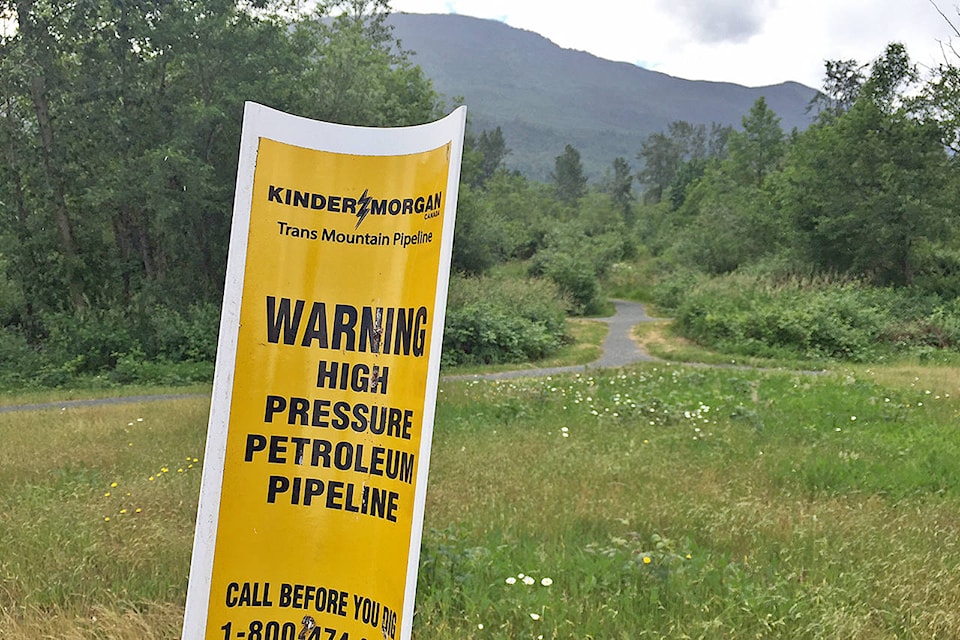Cheam Chief Ernie Crey was instrumental in creating the new Indigenous Advisory and Monitoring Committee (IAMC) to oversee the Trans Mountain pipeline expansion.
Chief Crey of Chilliwack and Lower Nicola Indian Band Chief Aaron Sam fired off a joint letter more than a year ago to PM Justin Trudeau, proposing an “Indigenous-led” oversight body with the prospect of Kinder Morgan’s Trans Mountain expansion looming large.
After back and forth discussions, Minister of Natural Resources Jim Carr signed off on the establishment of the committee. This week he stated the creation of the committee was crucial in the government decision to greenlight the pipeline expansion.
“This is an accomplishment,” said Chief Crey. “Indigenous people won’t be on the outside looking in. We’ll be at the table, and on site, to protect our lands and water.”
The Trans Mountain approval deadline had been fast approaching, when they first envisioned it, and if approved, the question was where did First Nations reps want to be positioned? The answer was, “at the table,” he underlined.
Reps from the National Energy Board (NEB), Indigenous communities, and federal departments have set the terms to launch a new Indigenous Advisory and Monitoring Committee, mainly focused on safety and environmental monitoring.
The new advisory committee will have 13 members from more than 100 First Nations and Metis communities from across B.C. and Alberta, and six federal representatives, including the NEB.
“Indigenous peoples are taking a good step towards taking care of our lands and future generations,” said Chief Sam. “We have all the relevant federal departments and the NEB working with us at the one table.”
The committee, which has been in the works for six months, will monitor the KM TM expansion, as well as the existing TM pipeline and marine shipping, over the full lifecycles.
“Establishing this committee was a key element in the government’s decision to approve the project. We remain deeply committed to the ongoing work of reconciliation with Indigenous peoples and to greater Indigenous involvement in the review and monitoring of major resource development projects,” said Minister Carr.
“The NEB is also very pleased that we have reached this milestone, but the real work begins now,” said Peter Watson, Chair and CEO of the NEB. “We look forward to learning and working together with Indigenous communities along the pipeline corridor, to advance our shared goals of environmental protection and safety.”
This committee will help reflect and integrate Indigenous “interests, knowledge and values” into the projects, noted Chief Crey. They will ensure the construction and materials are state-of-the-art to protect their communities.
“The only way to ensure that their rights and title and values along the pipeline are protected, is to be directly involved in the monitoring,” Crey said. “And we’re doing it cooperatively. These communities situated along the pipeline route are highly motivated.”
Construction could start this summer on the TM pipeline expansion.
“It took a monumental effort to get this set up. Now the work is about to begin,” Crey added.
